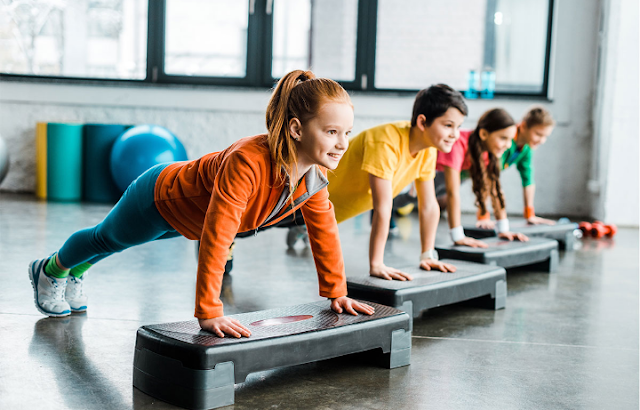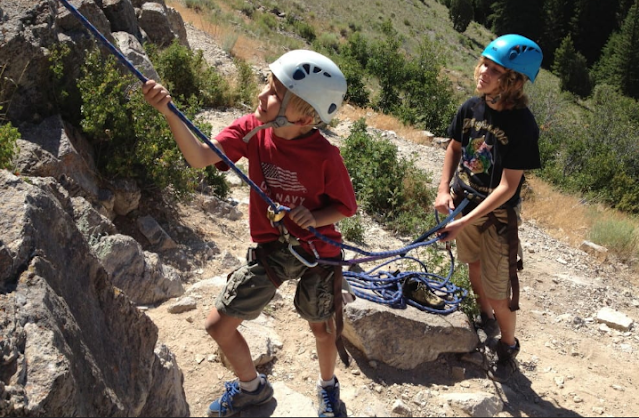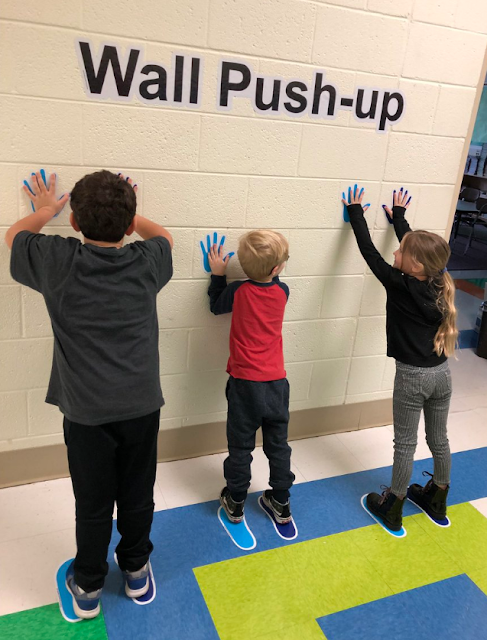There are frequent connections between mental and physical wellness. Mental health is consistently mentioned when discussing the advantages of physical exercise. Recent research found that adolescents' mental health is aided by regular physical activity. Researchers from the Universities of Strathclyde, Edinburgh, Bristol, and Georgia in the US reported that between the ages of 11 and 13, regular moderate to intense physical exercise was associated with improved mental health. Discover all the exercises that teenagers can perform daily.
FashBack got in touch with a fitness professional in Mumbai who said that kids between the ages of 6 and 17 typically need one hour of moderate to vigorous exercise every day. In addition to strengthening bones and muscles and promoting a healthy body fat makeup, this aids in maintaining mental health. Take a look at the kid-friendly activities.
- Skipping
- Climbing mountains
It's another exercise that emphasizes the complete body, including the legs, arms, and core. How do mountain hikers behave?
• You can begin in a plank posture, keeping your palms on the ground.
• Alternate between bringing one knee slowly in toward your torso and bringing it back out.
•Pay attention to pushing off the ground while keeping your shoulders and head as far apart as possible without shrugging.
• When bringing your leg in close to your torso, squeeze your lower belly. When bringing your limb out, squeeze your glutes. full-range
- Squats
Squats are crucial functional exerguarantees guarantee powerful legs, glutes, and a stable core. You can move on to jumping squats or single-leg squats when done correctly.
How should I squat?
• Keep your spine straight and your chest up while keeping shoulder-wilder width apart.
• Drive your hips back and bend your knees so that your legs are parallel to the floor and your hips are lined up with your knees.
• As you stand up, squeeze your butt in while maintaining equal weight on your feet.
- Pushups against a wall or with a leg support
As a challenging workout, push-ups can be intimidating. Push-ups place your complete body's weight on your shoulders. However, a wonderful method to work on developing the upper body strength to eventually get to a point of a push-up is by starting to master the movement by performing wall push-ups or knee-supported push-ups.
How do you perform pushups against a wall or with leg support?
• Begin with your hands slightly broader than shoulder width apart, either on the wall or the floor.
• Slowly lower your body, treating it as a single unit from head to ankle or knee.
• When you've hit your highest point, breathe out and push yourself back up together.
• Assume that your nose, hands, and the floor must form a triangle, so place your chest between your palms rather than your snout. A few inches in front of your forehead. Check to see that your shoulders are pushing back and not out.





I love this drills
ReplyDeletePost a Comment